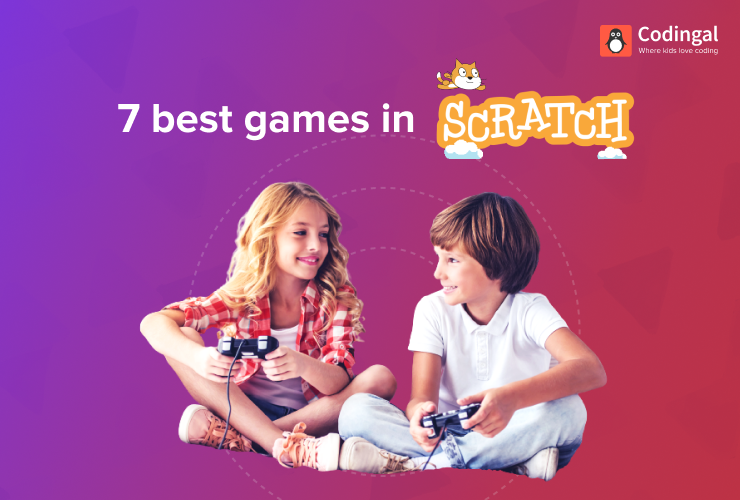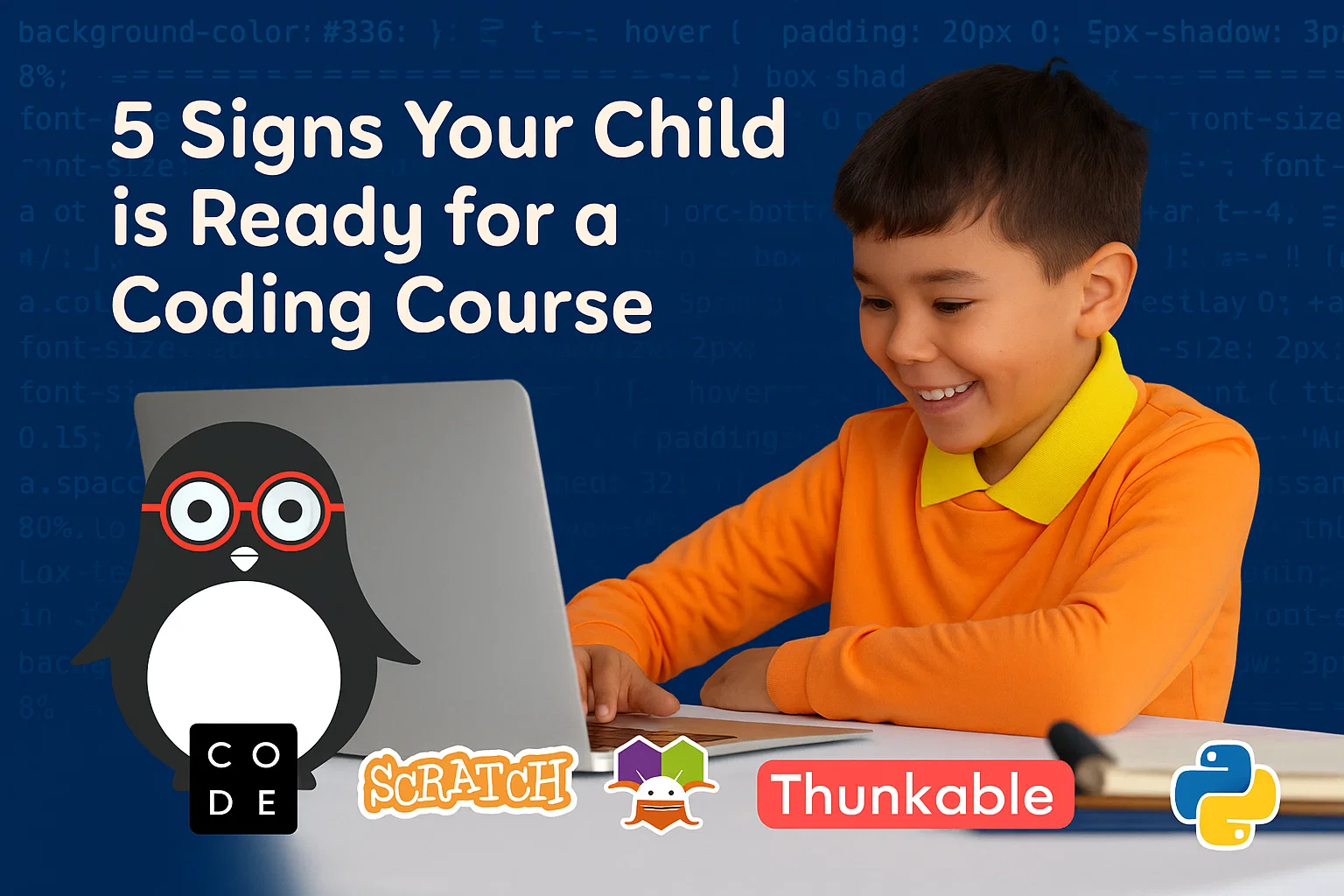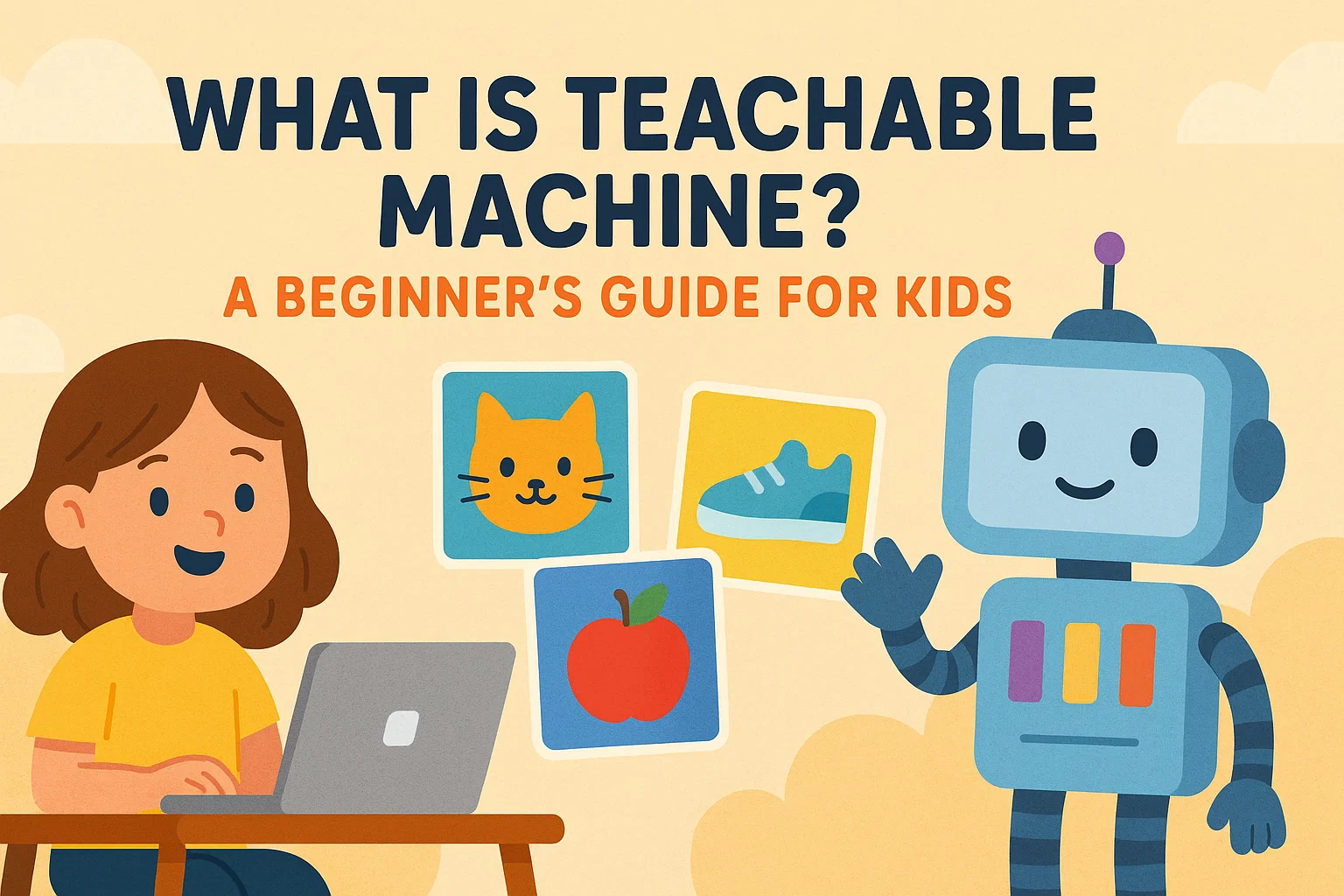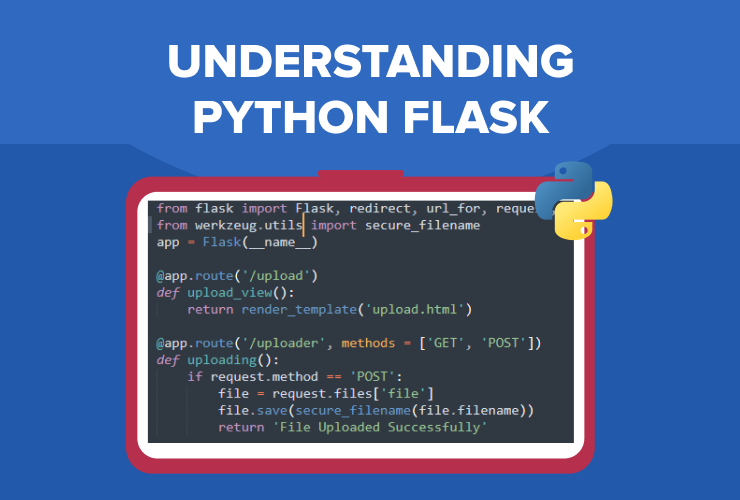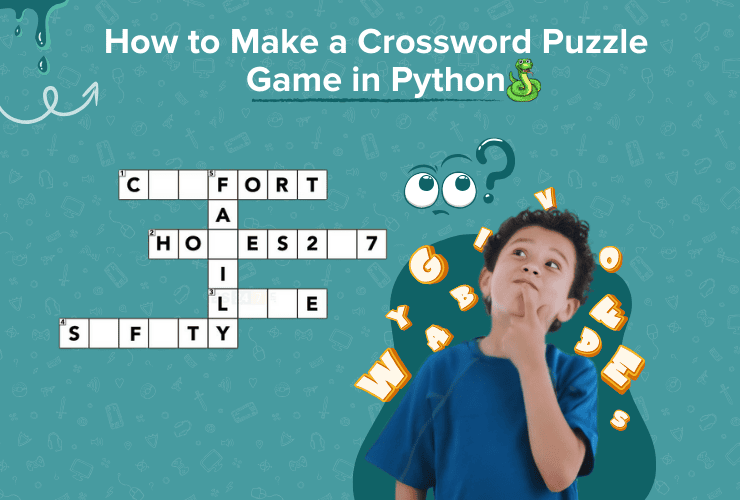Table of Contents
Introduction Steps for creating games in Scratch 7 best games in Scratch Jumping Game Scratch Catcher Game Brick Breaker Game Pacman Maze Game Snake Game on Scratch Hungry Casey Game Car Game in Scratch Significance of Scratch Programming ConclusionIntroduction
Scratch is a popular programming language that is frequently used as an introduction to coding for kids. In this blog, you will explore 7 best games in Scratch.
Brian Silverman, Paula Bonta, and Mitchel Resnick co-founded Scratch, an event-driven visual programming language created by the MIT Media Lab and Playful Invention Company.
Kids were initially introduced to Scratch in 2003 as a technique to learn coding in an easy-to-understand manner. People of various ages now employ programming from Scratch to start their coding journey.
Scratch is utilized in more than 160 nations and is accessible in more than 70 languages. Students of diverse backgrounds and academic disciplines learn to code on Scratch since it allows them to develop the necessary skills for the twenty-first century (math, liberal arts, social sciences).
Scratch has been recognized as the world’s 19th most popular computer programming language as of May 2020! Scratch is undoubtedly very different from the other programming languages on that list.
Scratch gets its name from the “scratching” method employed by disc jockeys. Vinyl records are clipped together and manipulated on a turntable to create various sound effects and music.
By developing and “remixing” projects like video games, animations, and simulations, the website allows users to creatively combine various materials (including visuals, sound, and other applications), much like scratching.
Scratch is a fun way to learn the fundamentals of programming. It serves as a tool for developing fascinating stories, games, and another block-based programming.
Its sound designer and paint editor are available. Those without prior experience with programming languages and ideas can begin learning programming with Scratch.
Kids may more easily understand the user interface from Scratch since it is straightforward.
There are four main components:
Stage: The stage employs x and y coordinates, with 0,0 as the stage center, and the stage area displays the results.
Script: Everything in the script specifies the type of operation sprites should perform. It directs what the characters should say or do. Every sprite has a script written into it. It may be executed by clicking the code itself or the green flag.
Sprite: Sprites are the program’s primary characters. The sprites are used for all actions. Users can design their own sprite, by default a cat avatar sprite is shown on the sprite panel.
Blocks Palette: It has puzzle-piece forms that may be used to write Scratch programming. Like jigsaw pieces, these blocks are vertically attached to one another. Each block has a unique structure that prevents syntactic mistakes. Scripts are what these blocks become after being joined. Scratch offers the six various forms of Hat, Stack, Boolean, Reporter, C, and Cap.
Steps for creating games in Scratch
Planning: In this step, you choose the fundamental idea behind the game. For instance, you may create a maze-solving or two-player pong game. Selecting your game’s target audience and the appropriate difficulty level are crucial decisions.
Pre-Production: One of the most important stages is this one. It’s time to demonstrate your originality. Here is where you create your game’s storyboard. The characters you pick, the setting they will be in, and their interactions with one another must all be planned. Scratch uses sprites to generate characters, and backgrounds are used to construct the environment.
Production: The Scratch Editor is where you start coding your game. You will choose your backgrounds and sprites, add code, specify how they interact, and add sounds and effects. For more complex games, you will create a scoring system and the reasoning for moving on to higher levels.
Debugging and Testing: Once your game is set up, you will check to see if everything is working according to plan. Check to see whether the interactions between your sprites and backgrounds are occurring as intended and if your scoring system is functioning as intended. Game development is the process of analyzing results and making adjustments. Getting the game tested with a couple of your pals is always a smart idea. New players can frequently spot problems that the game creator missed since we want our game to be the best.
Publish or Launch: Your significant bugs have been fixed. It’s time to clean up any last-minute bugs and improve your game. For instance, you should check that the sounds you choose are appropriate. When everything is ready, the launch can begin. Once you’ve hit publish in the Scratch Editor, we are good to go.
Various projects, including games, storytelling, and animation, may be created with Scratch. These are the five stages that a typical game development process goes through. However, there may be other phases, such as Pre-Launch and Post Production, depending on how sophisticated the game is.
Following are some famous games that can be created using Scratch
7 best games in Scratch
Jumping Game
A Jumping Game on Scratch can be of several varieties based on the movement of the sprite, the purpose, and the rewards. In this blog, we will discuss how to create a Mario jumping game using Scratch.
In the game mentioned above, a character named Mario will jump over moving obstacles like moving spikes. You will receive points for each successful jump, and the game will be ended if Mario reaches the spikes.
Steps to make Mario Jump Game:
- Designing a Mario character in Scratch for a game of jumping.
- Change the stage’s backdrop in the Mario Jumping Game.
- In Scratch, add code to make the Mario jump.
- Using Scratch to make a moving spike.
- In Scratch, stop a game by touching a spike using a touching block from sensing and stop all blocks from controls.
- Adding multiple spikes in Mario Jumping Game from Scratch using motion glide block.
- Setting the score in the Scratch Jumping Game.
Scratch Catcher Game
A Catcher game on Scratch can vary depending on the sprite’s movement, purpose, and rewards. In this blog, we’ll go through how to create a catch game using Scratch.
A sprite (Smiling Balls) falls from the sky in a game of “catcher,” where the other sprite (Bowl) must catch them to score. So we may observe the smiling ball falling into the bowl. And we will receive a score for each catch that is successful.
When the ball falls from above, it is a smiling ball; when it reaches the bowl sprite, it is a happy ball; when it touches the red line, it is a sad ball.
Steps to make Catcher Game:
- A Scratch way for moving the Catcher (Bowl).
- A ball sprite and 3 costumes, smile, happy and sad balls added with Position.
- Making the ball sprite fall from above.
- Ball touching bowl coding writing.
- Ball touching red line coding writing.
- Putting an end to the game of catching and keeping score.
Brick Breaker Game
Brick Breaker games on Scratch may have various types depending on the goal, rewards, and sprite movement.
In a brick-breaking game, your goal is to prevent a ball from striking the bottom of the screen by using a paddle and a continually moving item, such as a ball.
The ball bounces off the paddle each time it strikes it, and if it contacts a brick, you score. Use sprites to set up the paddle, bricks, and ball in Scratch. Then, write code to complete the game’s goals and establish the scoring system.
Steps to make Brick Breaker Game:
- On the Scratch stage, set up the stage and make the Ball sprite bounce.
- Insert a paddle sprite along with the code of moving left and right direction.
- Include a line sprite.
- Add bricks to the game; there will be three lines of various colored bricks.
- Scores should be added to the game to make it interesting.
Pacman Maze Game
Different maze games on Scratch depend on the sprite’s movement, goal, and rewards. And one of the famous games is Pacman.
The primary sprite (Pacman) in the Maze game of Pacman on Scratch navigates the maze to consume the yellow pills. We are providing the player three lives to play the game, and the Pacman’s life will be reduced if he contacts the blue maze wall.
Additionally, life will be decreased if it contacts another sprite, such as an enemy or a ghost that is an obstacle. So the sprite must eat the yellow pills without coming into contact with the maze wall or the ghost/enemy.
We include some red pills in the game to give Pacman superpowers; after consuming these, Pacman will also be able to consume ghosts.
Steps to make Brick Breaker Game:
- Setting up the background and [sprites] for the game maze.
- The arrow keys are used to control the character (sprite).
- Detecting the character’s touch with the maze wall and ghost in the maze.
- Keeping track of the yellow tablets that Pacman has eaten.
- Setting the score.
Snake Game on Scratch
Different sorts of Snake games on Scratch exist depending on the sprite’s movement, goal, and rewards.
A snake game is created using the Scratch programming language. To move the snake in this Scratch game, use the up, down, left, and right arrow keys.
The following criteria will determine how to make the Snake Game on Scratch:
- The snake will expand if it collides with the “food” sprite, a fixed sprite.
- The game is over if the snake contacts the wall or runs on it.
Steps to make Snake Game:
- Create a snake sprite.
- Draw a food sprite.
- Make the snake move.
- Set the food’s location and function.
- Add game over backdrop
- Setting the score.
Hungry Casey Game
Different sorts of Hungry Casey games on Scratch exist depending on the sprite’s movement, goal, and rewards.
In a Hungry Casey game, you take control of the food truck and fire donuts at the hungry Casey to kill him. For example, a food truck throws donuts in the image above.
If the donut hits a hungry Casey, the hungry Casey dies, and the score goes up by 1.
You may move the Food Truck in an up-and-down manner by using the up-and down arrow keys to control the direction of the truck. Additionally, we can move the food truck forward and backward by using the left and right arrow keys.
Steps to make Hungry Casey Game:
- Select the food truck sprite.
- Select the Hungry Casey.
- Select the donut.
- Code for food truck up, down, left and right.
- Setting the score.
Car Game in Scratch
Different sorts of Car games exist on Scratch, depending on the sprite’s movement, goal, and rewards.
In a Car Game, you control the car, which must avoid obstacles such as dinosaurs and ladybug sprites. The game will end if the vehicle collides with the dinosaur and ladybug sprites.
It will also finish if the car meets any edges. The up and down arrow keys may be used to control the truck’s direction, allowing you to move the car up and down. The left and right arrow keys may also be used to move the car left and right.
Steps to make Car Game:
- Select the car sprite,
- Select the obstacles like dinosaur and lady bug.
- Design the road (path) on which the game will be played.
- Code for car up, down, left and right.
- Setting the score.
Significance of Scratch Programming
Scratch is a popular programming language that is frequently used as an introduction to programming for kids. The significance of programming in Scratch is mentioned below:
- Students may study logic building and algorithms with Scratch. Numerous studies have demonstrated that children who first use Scratch later on find it simpler to comprehend more complex programming principles.
- It is a code, graphics, and music creation environment that can be used to make animations, games, and stories.
- Simple images are provided via Scratch programming, created with children in mind.
- Children may code using drag-and-drop capability in the Scratch interface, which is impossible with complicated text-based programming.
- You don’t need a compiler. It is possible to run incorrect code, including incomplete code, without seeing syntax errors.
- The broad user base of Scratch is tremendously beneficial to students.
Conclusion
Block-based programming language Scratch has an interactive graphical user interface and is simple to learn. Children may use this to create various projects, including games, animations, and stories. Scratch provides a proper coding environment for kids and the world’s largest coding community.
Learning Scratch programming will foster your child’s creativity, help them become more mathematically proficient through real-world applications, improve their logical and analytical thinking capacity, and undoubtedly benefit their coding education.
Scratch programming for kids not only prepares them for careers as professional programmers, but also nurtures the development of a new generation of creative, systematic thinkers who are comfortable using programming to express their ideas. Codingal offers the best online coding course for kids, try a free class today!
